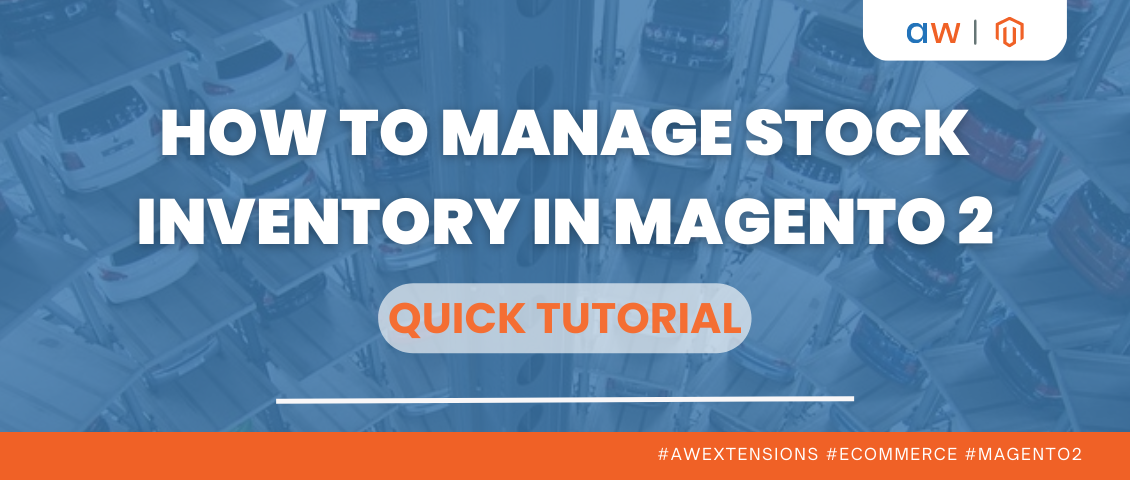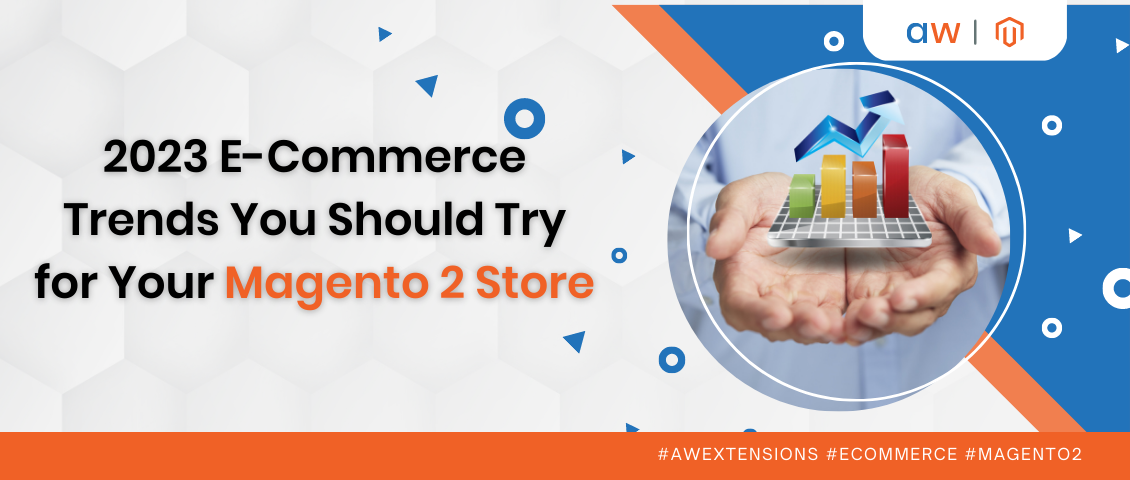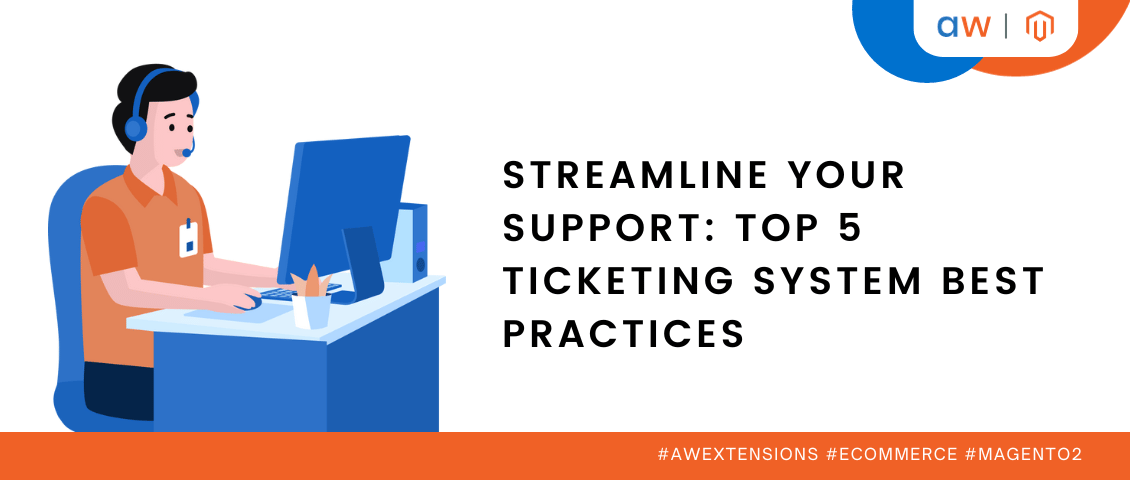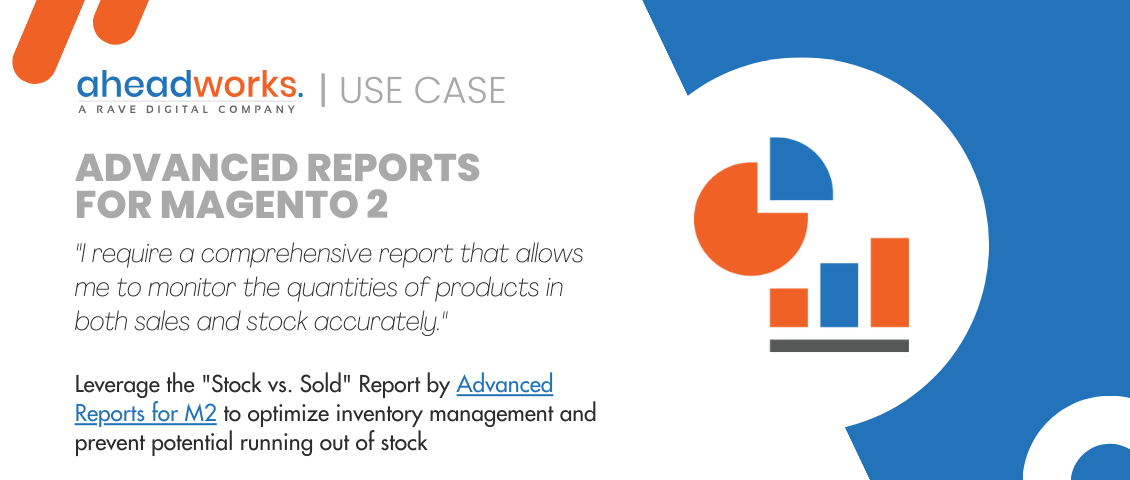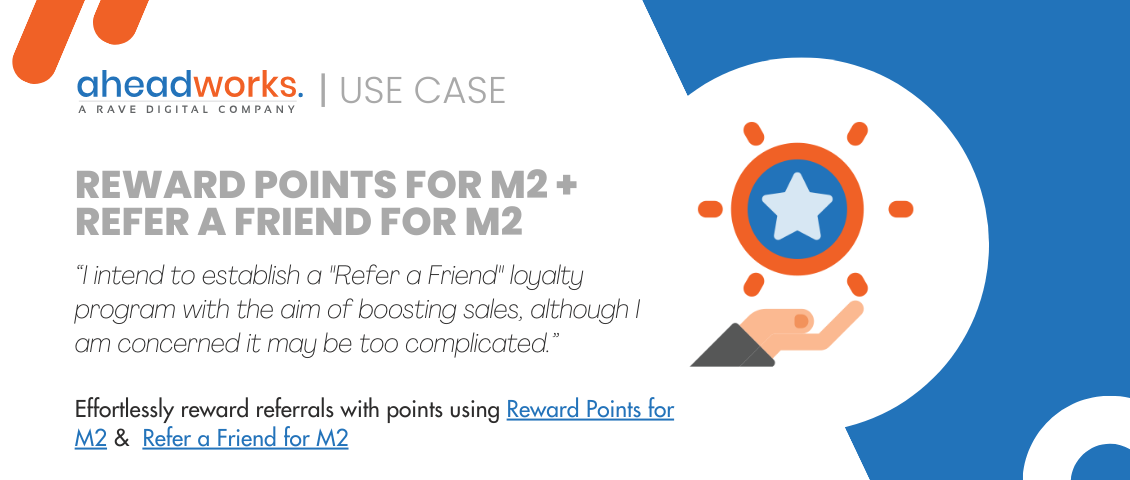
Leading Ecommerce Platforms: What Do They Bet On?
Categorized as : Ecommerce
Ecommerce is booming and we have no reason to make any doubts regarding its successful future, but we all want to unveil the details about and around it.
The beginning of the year is a great time to look back and analyze the work done by most leading ecommerce platforms that will certainly determine the rules of the game for the nearest future. Magento, WooCommerce, Shopify, and PrestaShop – this is the pool of ecommerce platforms we take for our study and try to make predictions on for the whole market.
Ecommerce Platforms in 2015
WooCommerce
In 2015 WooCommerce released two major updates numbered 2.3 and 2.4. Just like the other platforms the team is concentrated on two main functionality areas – frontend and backend. And, if the 2.3 version is mostly focused on the first one, WooCommerce 2.4 brought more favor to store owners.
Before moving on to the specific version revision we’d like to notice that WooCommerce pays much attention to its dedicated ecommerce theme – StoreFront. It has been updated twice during 2015, and regardless of its advantages or shortcomings, this focus clearly shows that attractive and efficient ecommerce themes are always in trend.
WooCommerce 2.3
This update includes both frontend and backend features actually, but the most remarkable thing about it is that it includes usage tracking. This functionality is designed to get the information about the stores using WooCommerce, their size and the ways they use the platform. If this original idea succeeds, the team will get really unique and valuable data regarding their target audience and specific customers’ needs.
WooCommerce 2.4
Just like Google algorithm updates, new WooCommerce versions have their own names and this version was named Helpful Hedgehog. The update mostly facilitates backend routines and starts with the brand new on-boarding wizard. It provides newcomers with a straight-forward step-by-step guidance to set up and tune their stores.
However, along with some really innovative ideas, WooComerce still tries to get rid of some growing pains related to e.g. bulk products variation uploads.![]() Brief Overview
Brief Overview
- WooCommerce makes a lot to improve the shopping experience and develop their dedicated theme StoreFront;
- The platform also tries to attract more merchants to the platform simplifying the installation and configuration processes and guiding newbies through the whole procedure;
- The team tries to get rid of growing pains and make the platform suitable for both small and average merchants;
- It tries to get more information about their users in order to efficiently develop the platform based on specific audience needs.
PrestaShop
In 2015 PrestaShop delivered several minor updates: 1.6.0.11, 1.6.0.12, 1.6.1.0, and 1.6.1.1. In addition to multiple backend and frontend improvements the team pays much attention to code tests, including unit tests, architecture and some core enhancements.![]() Brief Overview
Brief Overview
- PrestaShop utilizes different code and security tests;
- It makes a lot for core enhancements;
- PrestaShop updates are often focused on security issues.
Shopify
The Shopify’s strategy for leadership is possibly most original and, except of the other improvements, includes multiple integration options. In 2015 the platform added the opportunity to sell directly on Twitter, Pinterest, Facebook and is planning to deliver the same option for Amazon soon.
Amid this, the platform is currently integrated with UberRUSH and allows small-business entrepreneurs deliver their products via this service.
The multi-channel sales funnel being created for merchants is also supported by the ad-hoc backend dashboard and other backend functionality improvements, including store performance tracking on Apple Watch, USPS shipping labels by Shopify, and so on.
But, the most interesting we find the idea of Shopify Buy Button allowing to embed ecommerce functionality into any website beneficially and make a lot of useful links to Shopify.com, of course.![]() Brief Overview
Brief Overview
- Shopify tries to find new opportunities to offer its merchants new innovative ways of selling;
- The team makes its backend suitable for multichannel sales;
- Shopify tries to take advantage of their SaaS nature and expand using widgets and online code implementations.
Magento
2015 was a milestone year for Magento as the Magento 2 birth year. Magento 2 is an absolutely new platform based on the improved technology stack and brand new architecture. We all hope that just soon the new platform will gain the full force to be able enough to favorably change the ecommerce landscape and strengthen the Magento position in the ecommerce platforms market.
Still, we have talked a lot about the new platform and this time will just revise the latest updates of the first version being used by multiple online stores.
Magento Community Edition 1.9.2
The latest update of Magento 1 Community Edition is mostly focused on performance and security improvements. New Zend framework, Redis integration, and full-page caching refinements enable better performance, while the security patches (SUPEE-5344, SUPEE-5994, and SUPEE-6285) address the issues related to sensitive customers’ data.
Magento Enetprise Edition 1.14.1
This Magento enterprise update certainly shows that despite the differences most ecommerce platforms follow generic ideas rising from customers’ requirements. This applies to the responsible design theme improvements (WooCommerce Store Front), presented Visual Merchandiser, which is much similar to Shopify Storefront Editor, additional locales, etc.
Magento Enterprise Edition 1.14.2
This update, as well as the previous one, enhances the features introduced in the 1.14.0 version focusing on developers tools and the functionality for merchants.![]() Brief Overview
Brief Overview
- The team currently bets on the latest innovative version of the platform - Magento 2. While, the new version aims at drastic and long-term improvements;
- Simultaneously, Magento tries to implement some advanced features of Magento 2 in previous versions of the platform;
- Traditionally the platform pays much attention to the security and admin routines automation.
Future Plans
WooCommerce
Along with the platform, the WooThemes team will create and update more WooCommetce functionality extensions, introduce even more StoreFront child themes, and try to refine their support services, as far as the amount of calls surges.
PrestaShop
PrestaShop is also going to create about 50 new functionality modules, embracing shipping methods, payment gateways, marketplace connectors, and admin tools. It pays a lot of attention to the community organizing different contests, meetups, user clubs, etc.
Shopify
Traditionally, the information related to the nearest Shopify plans is scarce. Still, based on the provided in 2015 new opportunities we can assume that the platform will continue to develop its POS software and equipment along with the platform itself. It will also support and enhance the Shopify community and increase the multi-channel /cross platform potential of sales.
Magento
The team will continue supporting and developing the first version of Magento for some time, but it certainly welcomes gradual migration to Magento 2. Next year Magento 2 will possibly include next features: Elastic Search support, content staging, B2B specific enhancements, personalization capabilities, and enhanced analytic capabilities.
Conclusion
According to this brief study, leading ecommerce platforms often choose similar ways of development and usually bet on the same growth points. Absolutely all solutions cultivate their local and international communities via multiple events, contests, meetups, etc.
Most platforms rapidly develop their marketplaces and equip them with more and more new extensions. In order to obtain more value and universality companies adapt platforms to B2B and wholesale markets, still intensively improving the retail shopping experience with powerful and dedicated themes.




